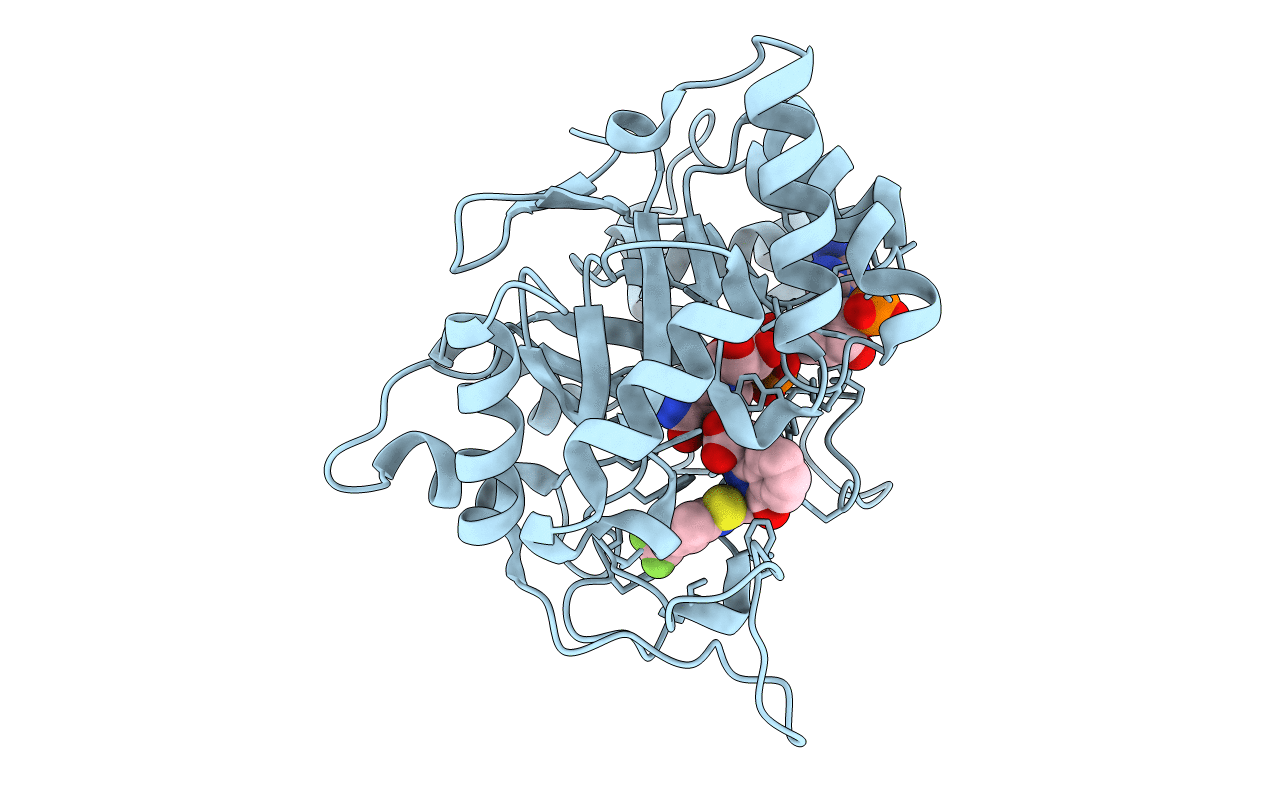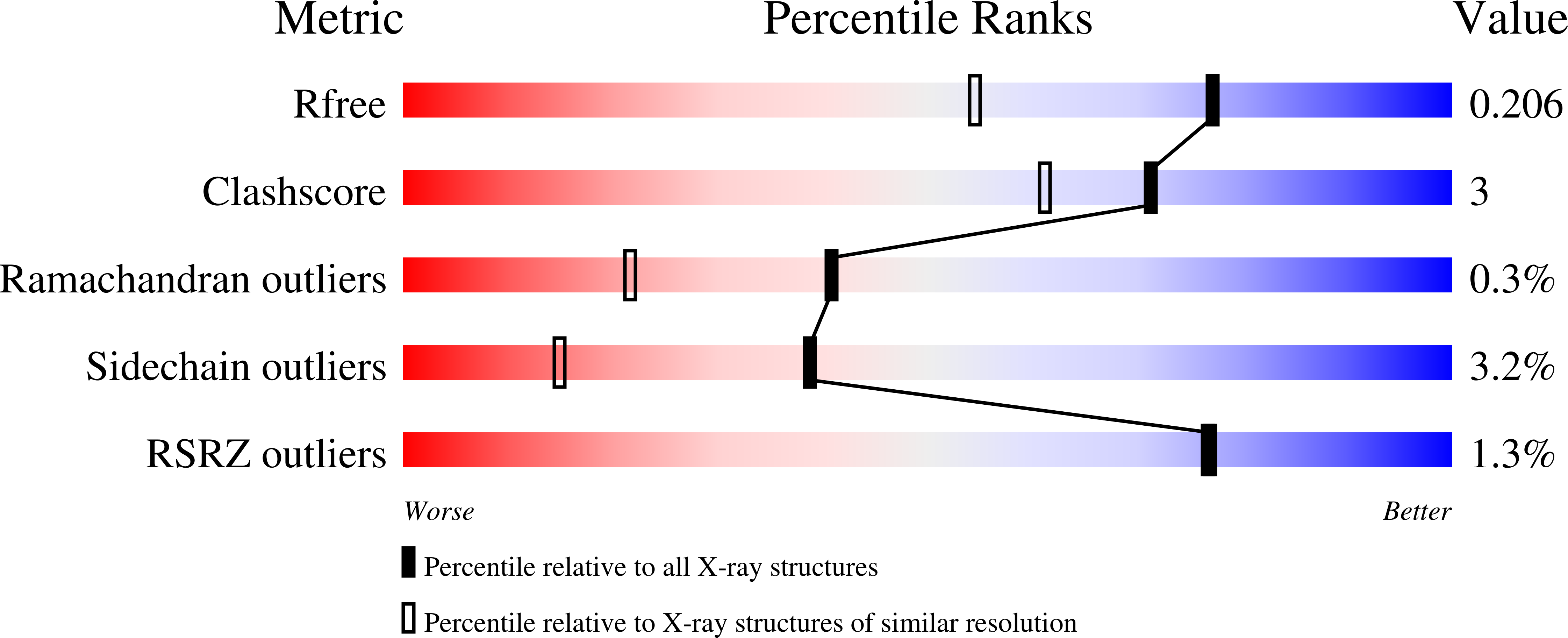
Deposition Date
2007-03-31
Release Date
2008-04-01
Last Version Date
2023-08-30
Entry Detail
PDB ID:
2PDB
Keywords:
Title:
Human aldose reductase mutant F121P complexed with zopolrestat.
Biological Source:
Source Organism:
Homo sapiens (Taxon ID: 9606)
Host Organism:
Method Details:
Experimental Method:
Resolution:
1.60 Å
R-Value Free:
0.20
R-Value Work:
0.15
R-Value Observed:
0.15
Space Group:
P 1


